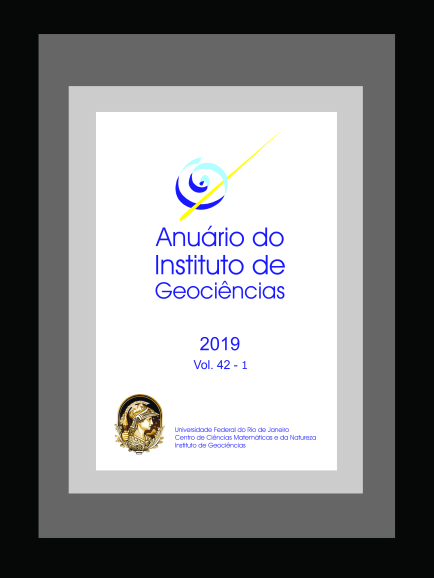Study of Water Level Variation in the Reservoir at the Ilha Solteira Dam (Brazil) Based on Geodesic Remote Sensing
DOI:
https://doi.org/10.11137/2019_1_490_495Keywords:
GNSS, Remote sensing, Reduction of water levelAbstract
The construction of water reservoirs for the production of electricity or human consumption is very common in Brazil due to its high availability of water. However, in the last few years, the southeastern region of the country has been undergoing a period of drought that has greatly affected electricity generation, especially in the northwestern region of the state of São Paulo, an area that comprises one of the largest hydroelectric complexes in the world (Ilha Solteira and Jupiá). Ilha Solteira currently has a continuous-monitoring Global Navigation Satellite System (GNSS) station. These data were used in many geoscience studies investigating the Earth’s dynamics. This study evaluates the impact of the annual variation in the water level in the reservoir at geodetic altitude provided by the GNSS. Satellite images, GNSS solutions from the Nevada Geodetic Laboratory (NGL), referred to as IGS08, and daily quota and volume estimates from the Reservoir Monitoring System managed by the National Water Agency (ANA) were used. The results indicated a reduction in the reservoir water level and volume, which represented a variation of approximately 3.5 cm at the GNSS altitude.Downloads
Published
2019-12-01
Issue
Section
Article
License
This journal is licensed under a Creative Commons — Attribution 4.0 International — CC BY 4.0, which permits use, distribution and reproduction in any medium, provided the original work is properly cited.
















 Except where otherwise noted, content on this site is licensed under a license
Except where otherwise noted, content on this site is licensed under a license 